
Coleophora flavipennella is a moth of the family Coleophoridae. It was described by Philogène Auguste Joseph Duponchel in 1843 and is found in Europe.

Coleophora limosipennella is a moth of the family Coleophoridae described by Philogène Auguste Joseph Duponchel in 1843. It is found in Europe from Fennoscandia to the Pyrenees, Italy and the Balkan Peninsula and from Great Britain to the Baltic States and Romania. It is an introduced species in North America.
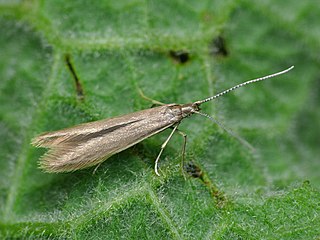
Coleophora caespititiella is a moth of the family Coleophoridae. This species is found throughout the United Kingdom and most of Europe. It is also known from North America. The Coleophoridae group are often collectively known as the case moths or case-bearers.

Coleophora ibipennella is a moth of the case-bearer family (Coleophoridae). It was first described by Philipp Christoph Zeller in 1849 and is found in Asia, Europe and North Africa. The larva feed within a pistol case on oak leaves and in the past was confused with Coleophora betulella, whose larva feed from a similar looking pistol case on birch leaves.

Coleophora anatipennella is a moth of the case-bearer family (Coleophoridae).

Stigmella lapponica is a moth of the family Nepticulidae found in Asia, Europe and North America. It was first described by the German entomologist, Maximilian Ferdinand Wocke in 1862. The larvae mine the leaves of birch.

Coleophora trifolii, the trefoil thick-horned tinea or large clover case-bearer, is a moth of the family Coleophoridae. It is found in Europe, North Africa, Asia Minor, Afghanistan and North America.

The testaceous white-back is a moth of the family Coleophoridae. It is found in most of western Europe.
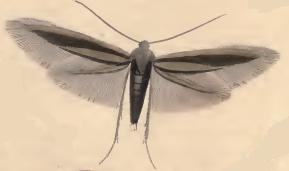
Coleophora violacea is a moth of the family Coleophoridae. It is found from Fennoscandia to the Pyrenees, Italy and Hungary and from Great Britain to Russia.

Coleophora siccifolia is a moth of the family Coleophoridae. It is found in most of Europe.

Coleophora adjunctella is a moth of the family Coleophoridae found in Europe.
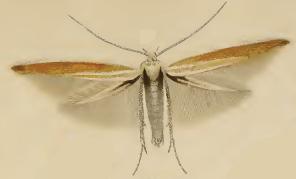
Coleophora discordella is a moth of the family Coleophoridae. It was first described by Philipp Christoph Zeller in 1849 and is found in Europe.
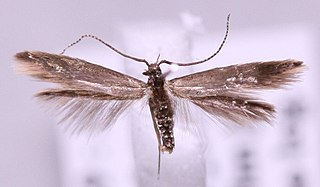
Coleophora fuscocuprella is a moth of the family Coleophoridae. It is found from Fennoscandia to the Pyrenees, Italy, Albania and Romania and from Ireland to Russia.

Coleophora juncicolella is a moth of the family Coleophoridae. It is found from Fennoscandia to the Mediterranean Sea and from Ireland to Poland and Hungary.
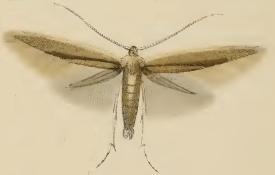
Coleophora milvipennis is a moth of the family Coleophoridae. It is found in all of Europe, east to Japan (Hokkaido).

Coleophora orbitella is a moth of the family Coleophoridae. It is found from Scandinavia and northern Russia to the Pyrenees and Italy and from Ireland to Poland and Hungary.

Coleophora argentula is a moth of the family Coleophoridae, found in most of Europe, Russia and Asia Minor. The larvae live in cases and feed on the seeds of yarrow and sneezewort.
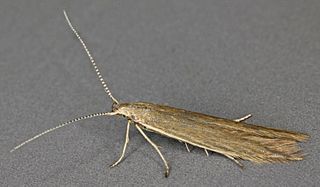
Coleophora alticolella is a moth of the family Coleophoridae, found in Europe and North America.
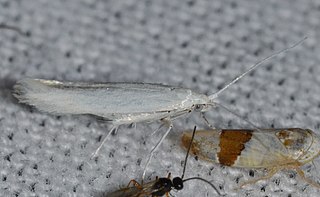
Coleophora pruniella, the cherry casebearer moth, is a moth of the family Coleophoridae. It is found in North America, including New York, Oklahoma, Utah, Ontario and British Columbia.
Nites betulella, the black-dotted birch leaftier moth, is a moth in the family Depressariidae. It was described by August Busck in 1902. It is found in North America, where it has been recorded from Nova Scotia, southern Canada, the north-eastern United States, British Columbia and Wisconsin.















